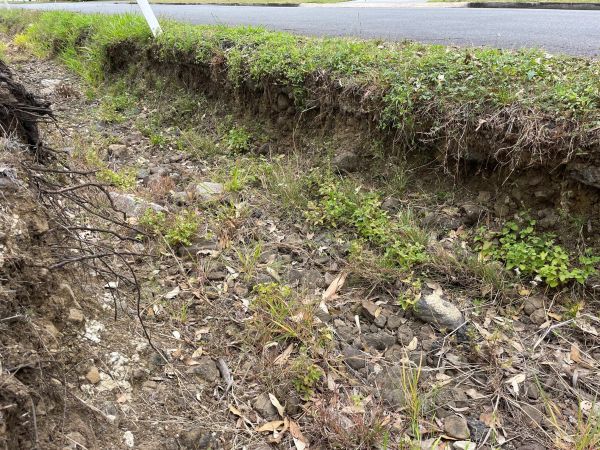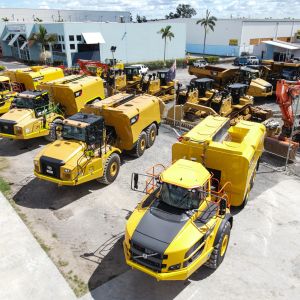Sustainable: adjective, able to be maintained at a certain rate or level. It has become a term with environmental connotations but applies to anything. If something is not sustainable, it will collapse. Consider this example of “free” transport to the value of a brand new car!
Public transport is defined as vehicles (buses, trains, ferries) available to the public that run on set routes at set times for a charge. The intended benefits are to remove cars off the roads to ease congestion, as well as provide transport for those not able to use a car for whatever reason.
Contrary to some people’s belief (for instance the three main political parties at the last Qld election who promised to keep 50 cent fares), public transport is not free and costs money to deliver. Someone else pays, and in this case Peter (all non-public transport users, especially those outside Brisbane CBD, basically 96% of the Qld population) is being robbed to pay Paul (the 4% of the population that would have used public transport anyway).
Joe Branigan (of Tulipwood Economics) recently published his studies on the transport subsidies, calling them “a really bad idea”. And it’s hard to disagree:
“Queensland’s Treasury already transfers a vast amount of taxpayer money – more than $2bn per year – to the Transport and Main Road Department to subsidise the 178 million passenger trips, mostly benefiting regular users.
In 2023-24, the average public transport running cost was $19.21 per trip, but farebox revenue averaged just over $6. In other words, back then the taxpayer subsidy represented two-thirds of the operating cost of providing public transport services, including capital costs, pushing the Queensland taxpayer’s effective subsidy to more than 75 per cent. Now, with 50c fares, it’s virtually a 100 per cent subsidy.”
He then goes on to explain why this is unsustainable. Future Governments won’t have enough money to invest in maintenance let alone expansion of transport services (especially in the lead up to the 2032 Olympic Games), and these subsidies drive out private alternatives such as taxi, ride-share and private bus companies, making those businesses unsustainable. He highlights that most public transport users are people going to and from work, and that the fall in demand in recent years coincides with the working-from-home shift, which has negatively affected CBD activity, but that reduced fares is unlikely to shift that trend anyway.
But the most eyebrow raising observation was that the 50 cent charge is below the cost of providing the tap on – tap off infrastructure and supporting technology such as the Translink App, credit card facilities and fare evasion monitoring. In plain English: it would be better to make public transport free than to charge this token amount. And that highlights perfectly the complete stupidity in many of the policies Governments present and implement.
We should also look at it like this. Most public transport users are commuters for work. A full time person would therefore do 10 trips per week at an average cost of $19.21 per trip for say 46 weeks per year. Assuming (unrealistically) that these people did no other travel, that alone means taxpayers are paying $8,836 per commuter per year. This is about the same as the cost of running a light car (like a Suzuki Swift) for a year – something that also helps get the groceries and fulfils most other transport needs for more than one person also. And about a quarter of the cost of running that car is actually taxes (fuel excise, registration, tolls, parking, GST etc), so the car actually contributes back to the community fund. Interestingly, those suggesting a small Electric Vehicle as an option would be paying 70% more to use their car than this example, despite contributing much less back in the form of taxes, but that’s a story for another day.
It would obviously not be practical to shut down public transport and give each commuter a light car, but it should make us think differently. Why does it cost so much to deliver public transport services in the first place? And rather than have all the dedicated bus lanes and rail facilities, what if that money and space had in fact been put to increasing road capacity instead?
Came across some other dumb defining “sustainable” policy related to a drain construction near where we live. During heavy rain, there was substantial runoff from a main road through a neighbourhood due to an undersized roadside drain or culvert. Council agreed to upgrade to a ditch, but rather than use concrete culverts like other nearby roads (installed last century), Council dug a trench and lined the bottom with grass turf slabs. When asking the crews why they didn’t use proven to last (and therefore sustainable) concrete, the answer was that this was part of Council’s sustainable green policies.
Fast forward to after the first heavy rain period, and guess what’s happened? The grass at the bottom of the ditch grows and catches branches etc, and the water therefore finds another path of least resistance, which is to expand the trench sideways by eroding the dirt and washing it downstream out to sea. This is now undermining the road the ditch runs alongside, and it won’t be long until the bitumen and substructures also collapse into this ditch. Based on how long it took them to dig the ditch and the maintenance required compared to having put in a concrete trench in the first place, this “sustainable” initiative is yet another example of where the opposite outcome of that envisaged is what is achieved. Soon Council will have to repair the road, at great cost.
The word “sustainable” is sometimes interchanged with the word “renewable”. It seems that the main thing in common between things referred to as “renewable” is that they need renewing/replacement on a regular (and costly) basis, exhibit 1 being this trench.

Words from the wise
“If you don’t know who is paying for it, chances are, it’s YOU.” – unknown.
“The bitterness of poor quality remains long after the sweetness of a low price is forgotten” – Benjamin Franklin
“Visionary decision-making happens at the intersection of intuition and logic.”– Paul O’Brien
Did you know? Queensland has 260,000 public servants. New Zealand, with a similar sized population, has 62,000 to run all functions for the whole country, down 10% this year already and are reducing it.
As always, Onwards and Upwards!
Fred Carlsson
General Manager



